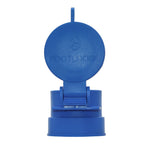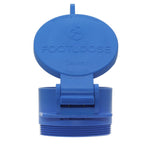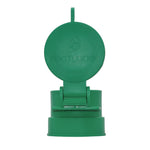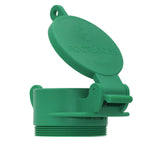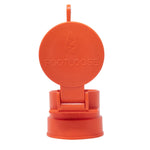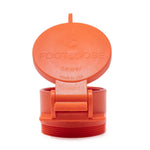You have no items in your shopping cart.
Have you ever considered what lies beneath the manhole covers you encounter daily? Manholes play a vital role in providing safe and efficient access to wastewater and utility systems. In this article, we will delve into the anatomy of a manhole, highlighting its various components and their functions. By gaining insight into these essential elements, you will develop a deeper understanding of the underground infrastructure you rely on every day.
Manhole Cover:
The Importance of a Manhole Cover
A manhole cover acts as a protective lid, safeguarding the manhole and preventing debris from entering. Typically made from cast iron, steel, plastic, or composite materials, the cover ensures pedestrian safety and prevents blockages. Easy removal with a manhole hook facilitates access for workers.
Manhole Frame:
Supporting the Manhole Cover
A manhole frame provides structural support to the cover, ensuring it rests at ground level securely. Usually a hollow shell, the frame is designed to fit the manhole's opening, which can be circular, square, or rectangular.
Chimney:
A Narrow Passage to the Depths
The chimney is the top section of the manhole, resembling an upside-down funnel. Its narrow shape leads downward, creating a transition to the wider areas below.
Cone Section:
A Pathway to the Core
Beneath the chimney lies the cone section, which slopes outward. While primarily serving as a pathway, it directs access to the central part of the manhole.
Barrel Section:
Where the Action Happens
The barrel section forms the main area of the manhole, allowing for essential maintenance and repair work on wastewater and utility systems.
Steps:
Descending into the Depths
Manholes are typically equipped with steps or ladder rungs fixed to the sides. These facilitate safe movement for workers entering and exiting the manhole.
Invert:
The Bottom Surface of the Manhole
The invert refers to the bottom surface of the manhole and includes two critical components: the channel and the bench.
Channel:
Beyond the Surface Opening
Contrary to popular belief, manholes are not direct openings into the wastewater system. Below the manhole's concrete surface, a pipe known as the channel carries the wastewater. An opening in the middle allows access for maintenance purposes.
Bench:
Sturdy Support for Work
Positioned above the channel, the bench provides a stable platform for workers to stand on while performing tasks related to the channel. It also helps prevent overflow during backups.
Understanding the Manhole's Functionality:
Unveiling the Inner Workings
Manholes are more than mere holes in the ground; they are intelligently designed structures allowing safe access to wastewater and utility systems for maintenance and repairs. Gaining knowledge about these components enhances our appreciation for the professionals who ensure functional wastewater systems. The next time you encounter a manhole cover, take a moment to reflect on the intricate system beneath your feet, supporting the smooth operation of our cities' infrastructure.
Conclusion:
In summary, manholes are complex structures that enable professionals to access wastewater and utility systems safely and efficiently. The manhole cover, frame, chimney, cone section, barrel section, steps, invert, channel, and bench are all integral components contributing to the functionality of manholes. By understanding their roles, we can gain a deeper understanding of the hidden infrastructure that plays a crucial part in our daily lives.



